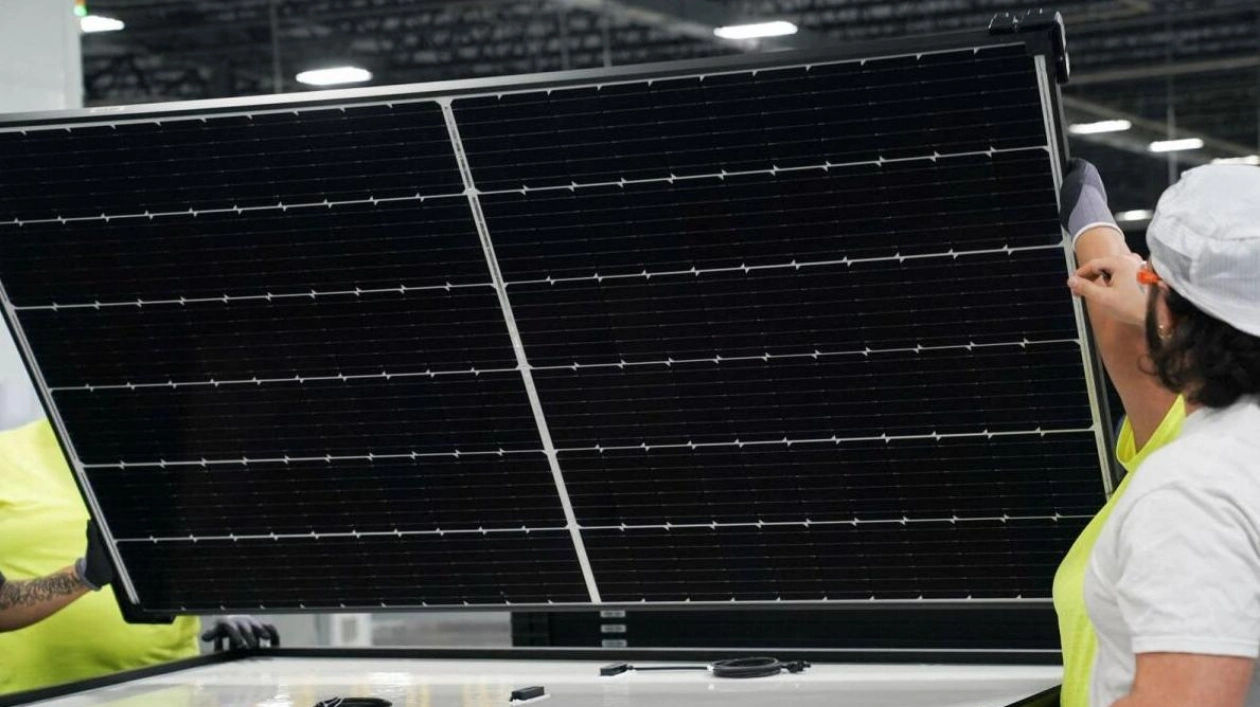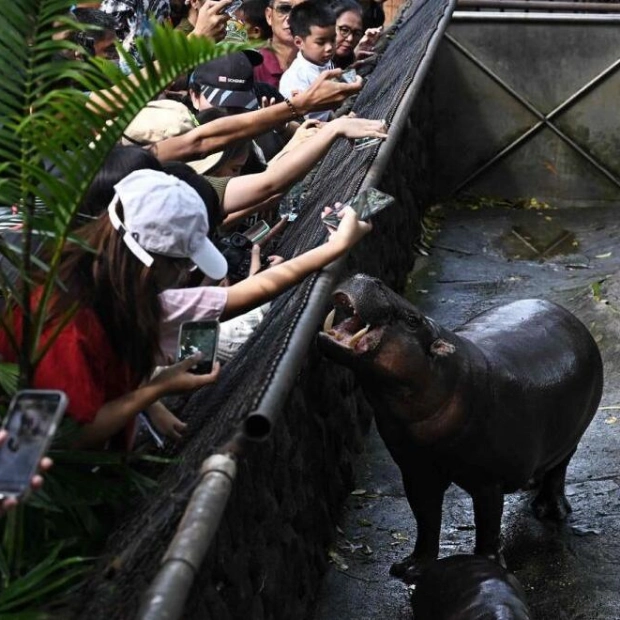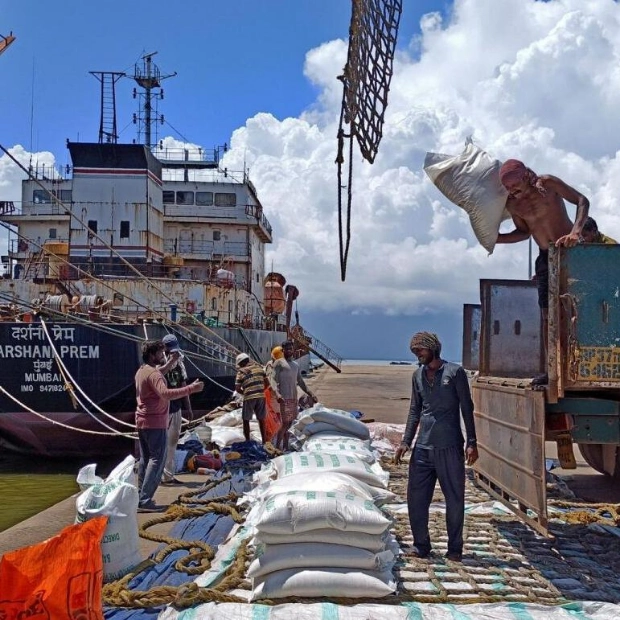Drew Greenblatt is pleased with the Federal Reserve's decision to cut interest rates. However, the half-point reduction, the first in a series of expected cuts, won't aid him in the "trench warfare" he's engaged in with one of his major clients. This customer shifted work out of China during the Covid-19 pandemic, placing around $800,000 in orders at Greenblatt's small US factory last year. To meet this new demand, Greenblatt invested in robots and hired additional workers. Then, orders abruptly ceased earlier this year.
"When I inquired why, they mentioned they had returned to China to save money," said Greenblatt, the president of Marlin Steel, a Baltimore-based manufacturer of highly engineered wire baskets used in industrial and laboratory machines. Greenblatt's predicament highlights the challenges US producers face, which lower interest rates won't mitigate, including supply chain disruptions, persistently high raw material prices, labor unrest in certain sectors, and particularly, competition from China. US Vice-President Kamala Harris is set to unveil new economic policies on Wednesday aimed at helping Americans build wealth and providing economic incentives for businesses to support this goal, according to Reuters.
These new policies come as undecided voters seek more clarity on how Harris would economically assist them if elected president. A pivotal issue in the November 5 election is how Harris and former President Donald Trump plan to address the competitive threat posed by China. The Biden administration has proposed banning key Chinese software and hardware in connected vehicles on American roads due to national security concerns. Greenblatt, the basket manufacturer, is hoping for more assertive trade actions, not just against China.
"If they impose more tariffs, we'd see more shipments to our clients," he said. "Instead, our clients are sourcing from countries that have subsidized their currencies." High interest rates increase borrowing and operational costs, often cited as a major factor in the broad slowdown at US factories since early last year. After adding nearly 750,000 jobs in 2021 and 2022, US manufacturers have lost about 7,000 jobs in 2023 and so far this year, according to the Labour Department. Production at US factories surged in August, according to the Federal Reserve, driven by a rebound in motor vehicle production, but July's data was revised lower, indicating that manufacturing continued to stagnate.
A recent report from the Philadelphia Fed highlighted rising supply chain issues and increased input costs affecting factories in their region in September. "What the Fed can do is create expectations for short-term growth with a rate cut, which is significant," said Cliff Waldman, CEO of New World Economics, an economic consulting firm in Washington focusing on the industrial sector. Lower rates could prompt companies to proceed with new capital projects. "But that's only a small part of the complex scenario facing US manufacturing," Waldman added. He noted that many producers are still grappling with who will absorb the higher costs due to inflation. Adding to this is the disruption of global supply chains during the pandemic, which is still ongoing.
For Kevin Kelly, the latest challenge is an unexpected spike in electricity prices. Emerald Packaging, his family-run business, manufactures plastic bags for produce companies at its factory outside San Francisco and uses substantial power to operate large printing presses that apply labels and images to the bags. Kelly reported that his power bill in June surged to $350,000 from $290,000 the previous month due to higher-than-expected summer rates. "We just didn't anticipate that," he said. "We knew increases were coming and that summer rates would be costly, but we didn't expect them to be that high." Utility rates in California are the second-highest in the US after Hawaii, partly due to the cost of reinforcing the state's power grid against wildfires.
Kelly is expediting the installation of solar panels to help offset some of these increases, despite the substantial cost of the system. He has also adjusted the factory's work schedule, shutting down the large machines for two hours late in the day when rates are highest. "We have people cleaning the presses, doing odd jobs around the plant during those two hours, so people are working, but it's still reduced our output," he said. Another potential disruption could arise from a major strike at East Coast and Gulf of Mexico ports, which could commence on October 1. Any goods currently on water could get stranded on ships, forcing manufacturers to seek alternative ways to transport goods, further escalating costs.






